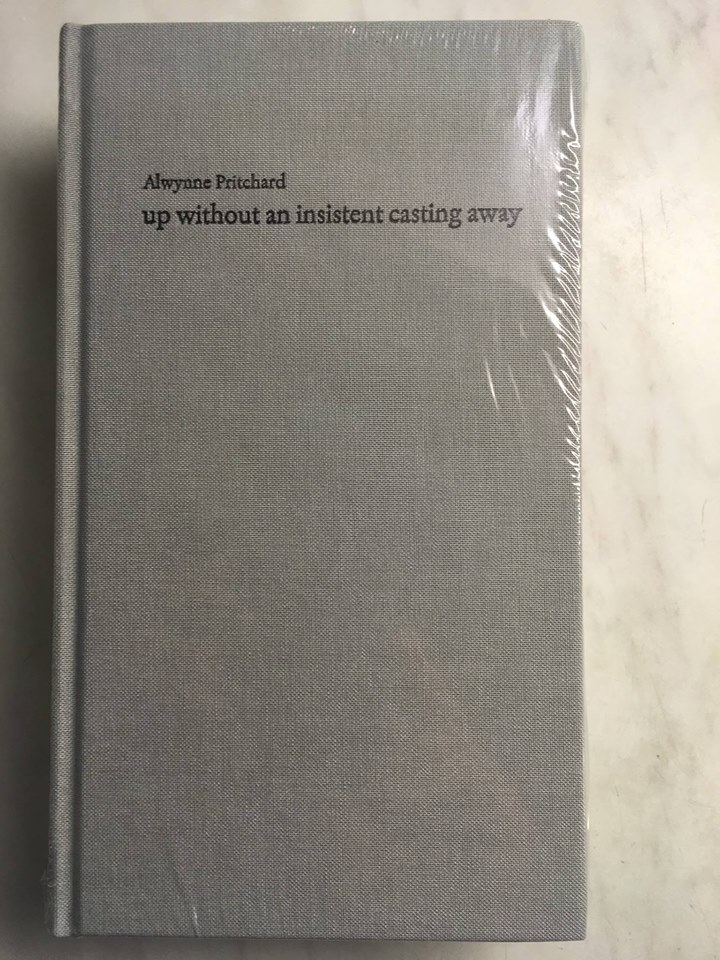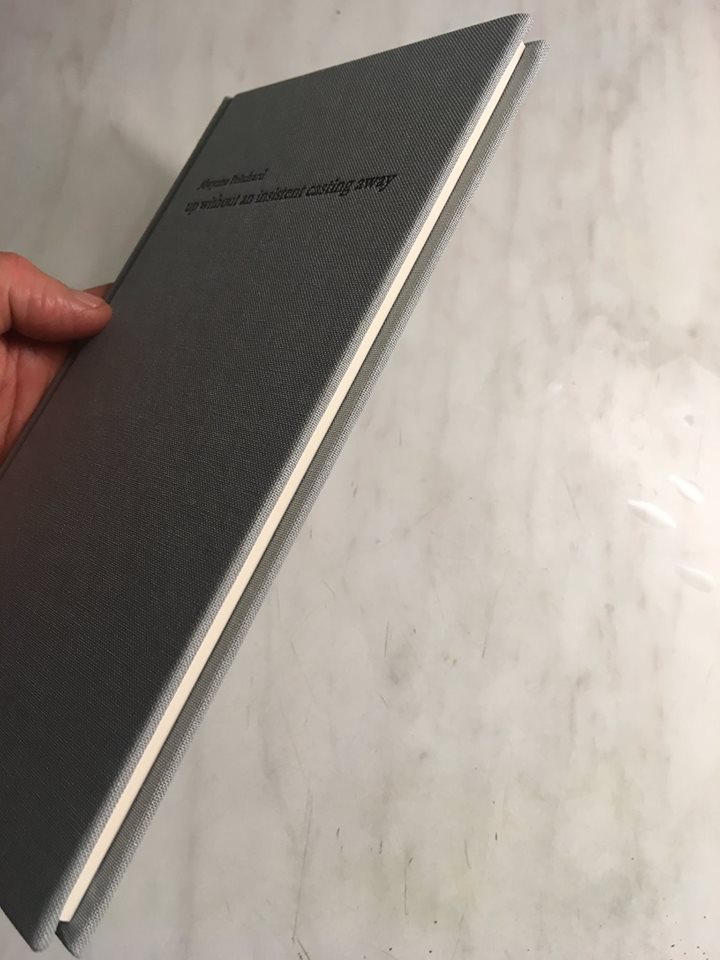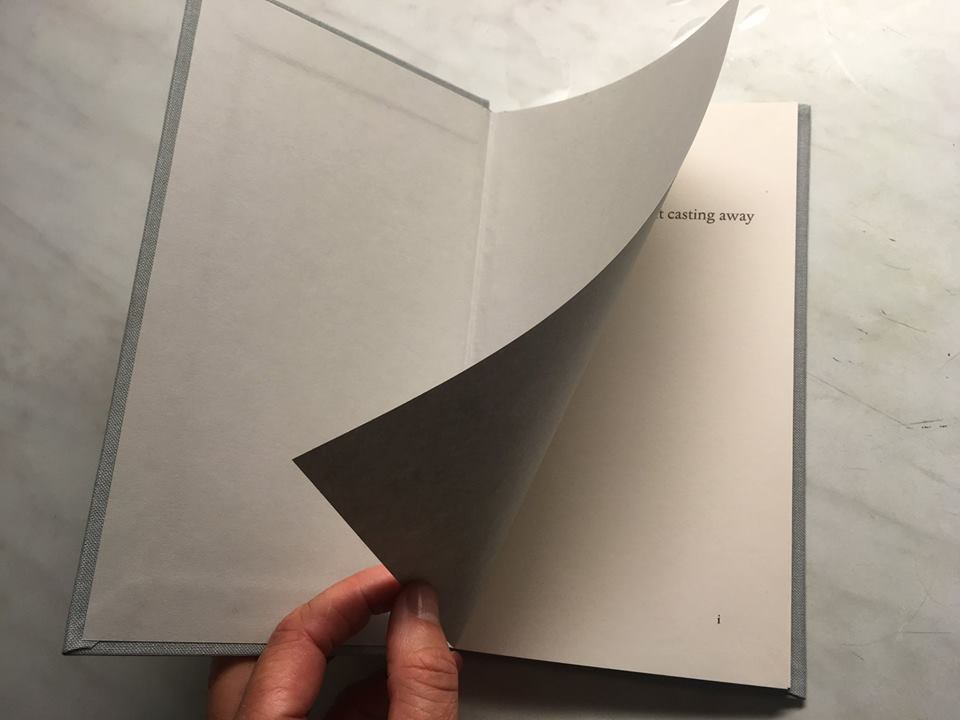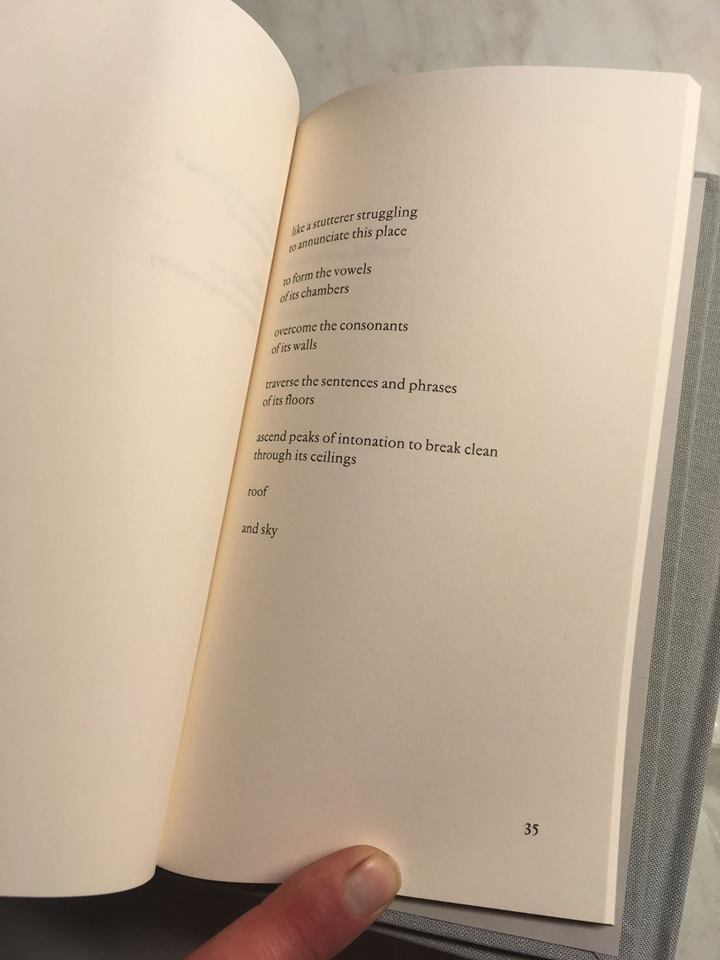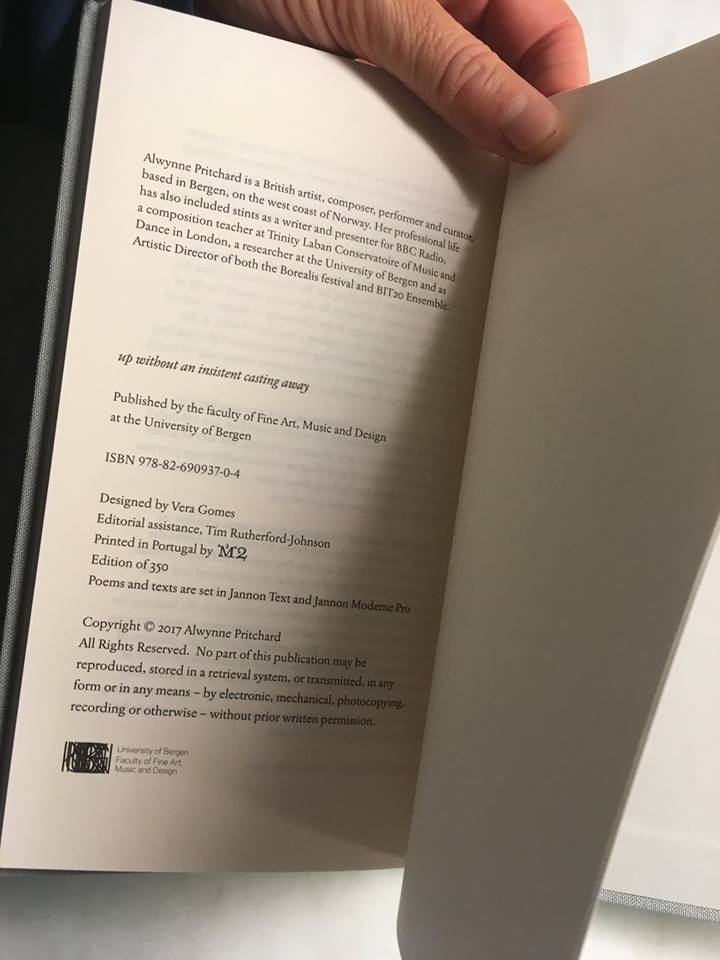SLETTA FEST 2020
A one-day drive or pop-in festival arranged by Neither Nor with funds from Bergen kommune. Ytre Arna, 27th Jun, 2020. Camera: Andrius Šliažas. Video edit: Aistė Žumbakytė.
______________________________________________________________________________
SONGS WE SING
Extracts from Songs We Sing. Alwynne Pritchard and Claudia Klasicka (voices) with Hans Knut Sveen (pump organ). The Cello Factory, London, February 2020. Video edit: Aistė Žumbakytė.
______________________________________________________________________________
up without an insistent casting away
This book of text pieces consists of verbal instructions, or poetic invitations, to create site-specific sound performances. Although most of the texts do not make direct reference to sound (and could, therefore, also be interpreted using other media), the relationship between sound, space, place and people is the context in which all the texts should be read.
up without an insistent casting away was created to celebrate the opening of Snøhetta’s building for the University of Bergen’s newly created Department of Art, Music and Design. Pritchard started work on the texts only after making a number of visits to the construction site, and considering the importance of the building and the new department to a city and artistic community of which she has been a part for more than 15 years.
Sound - its creation and perception - is a way of relating to, thinking about, and defining the world around us. It is a mode of expression, a way of communicating, but also an access to thought. The texts in up without an insistent casting away propose sound as a vehicle for thinking about space, location, memory, language, people, time and interaction.
Having been awarded the commission to create a fanfare, or ‘marker’, to celebrate this and future formal events within the Department of Art, Music and Design, the author chose to assemble a collection of texts that can be selected and used either individually or collectively, simultaneously, or in succession. The number of performers, duration of performance, and instruments, objects or materials (acoustic or electronic) used are not specified. The order of the texts as they are presented in the book has been curated for reading chronologically. However, the reader may select any one or more texts for use in performance, as she pleases.
***
______________________________________________________________________________
BULL’S EYE
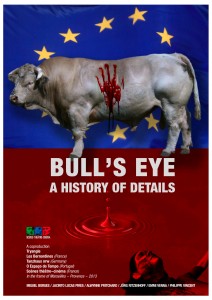
Bull’s Eye Dossier
New project for European City of Culture 2013
with Philippe Vincent, Jacinto Lucas Pires and Jörg Ritzenhoff
in Marseille, France.
______________________________________________________________________________
tear me, eat me, burn me (unperformed)

tear me, eat me, burn me (unperformed) (lazer-cut paper) began as a musical score for the touring exhibition of Theresa Sauer’s Notations 21 project – a collation of pieces from composers across the globe, exploring extended musical notation (as did John Cage’s original Notations publication of 1968). After I began work on the piece, I realised I was thinking backwards about the process of making it - i.e. about how various visual solutions I could find might be interpreted, rather than how to notate the actions that would produce the sounds I was imagining. In other words, it is the score as an object that problematizes the relationship between notation, musician and audience that interests me, rather than the score as a solution to notating musical idea. As such, the work inhabits a realm somewhere between musical score and purely visual artwork.
tear me, eat me, burn me (unperformed) was exhibited at the Visningsrom USF, Bergen, Norway from March 6 - 10, as part of the Borealis festival 2013 Notations exhibition.
______________________________________________________________________________
A Cognitive Theory of Metaphor by Alwynne Pritchard and Thorolf Thuestad for ZUPER KLASSIK FREAKY AVANTGARDE, Lydgalleriet, Bergen 2009
______________________________________________________________________________
PAPER INSTRUMENTS
SHEET MUSIC
is a project created by Alwynne Pritchard and Laura Murray (www.lauramurray.co.uk) in which sheets of material are manipulated to create very simple but precisely constructed musical instruments.
Seven materials are used in total - white photocopy paper, newspaper, tin foil, brown paper, plastic foil, paper bag (i.e. double sided sheet) and grease proof paper. The starting point for each instrument is a sheet of A3 material, which is either used complete or cut into strips of 0.5cm, 2.9cm or 5.8cm in width.
There are eight varieties of instrument in total – sheet, knitted, fluffed (designed by Glasgow artist David Sherry www.dave-sherry.com), streamers (in 3 sizes), scrunched (in 2 varieties x 1 (harder sound) and x 20 (softer sound)), corrugated, rolled and tied.
Each instrument demonstrates the subtly different sounds that can be produced when a single mass of material is distributed in different ways. All of the instruments are also reproduced in all seven materials, to give full clarity to the diversity between the sounds of each.
The instruments themselves were exhibited at the USF Verftet, Bergen, Norway (www.usf.no) in November 2006, as well as being used (amplified) at a concert given by Alwynne Pritchard’s electronic improvisation quintet FAT BATTERY (www.fatbattery.com) at the AVGARDE concert series at the arts centre on the 11th of November 2006.
 ______________________________________________________________________________
______________________________________________________________________________
FILM
INVISIBLE CITIES
Consists of four short films to Alwynne Pritchard’s Invisible Cities for solo piano, performed by Nicolas Hodges.
Based on video footage by Ulrich Bohnefeld recorded in London 2006
Stefan Wimmer, SHIFT moving images, Munich
Jörg Staeger, SHIFT moving images, Munich
Felix Erdbrinck, SHIFT moving images, Munich
Ulrich Bohnefeld, BLUECAPRICORN Films, Wörthsee
______________________________________________________________________________
INSTALLATIONS
DARTINGTON INTERNATIONAL SUMMER SCHOOL
“The river dart is the backbone of Devon, from Dartmoor to Dartmouth the estuary and its towns comprise 10% of the county. First recorded in 1162 as the river Derte, the powerful river and its exceptional biodiversity have created and supported a unique way of life.
The Dart has its own unique sound, an eerie booming call as it marks its course past the Brad Stones. Legend has it that when the cry of the Dart is heard it is the river calling out for a heart to be given in human sacrifice! Undoubtedly this reaches deep into a Pagan past when the rivers held water deities, and with the unhappy coincidence of various fatal accidents over the centuries it has become compelling legend.
The Dart community poem by Alice Oswald enshrines the unique voice of the river and those who work along its shores, taking their many voices to ‘form a songline from the source to the sea’. Inspired by Oswald’s lyrical work Alwynne Pritchard and partner Thorolf Thuestad have created the Woodland Installation workshop for the prestigious Dartington International Summer School. The composition course starts with a brief introduction to the technologies to be used in preparation for a sound gathering trip across Dartington Estate to the banks of the Dart. The glorious countryside is not necessarily as quiet as city dwellers at first believe. From the calls of canoeists and people fishing to the shrieks of children playing at the waters edge, to the splashing of otters and waterfowl each sound leaves a bright mark across the clear air. Whilst the pulse of water boiling over rocks, the shimmering grasses and bosky undergrowth rich with rare insect species creates a sensuous undertone to the choir of birdsong.
A rich soundscape to work with back in the studio as sound artists Pritchard and Thuestad offer the benefit of their wisdom and support for participants to work with the sounds they have gathered. Open to all the possibilities brought by course participants, they wish to look beyond the obvious pastoral beauty to the ferocity in nature. The possibilities are endless as the sounds can be treated in any way to represent the softness of the sunlight or the deep body thrumming vibrations the fish ‘hear’ with their bodies.
The sounds will be worked and mixed into an installation where the visitor will trigger speakers as they move through the space in an echo of the natural environment. There will also be a concert allowing the addition of instruments, and a map will be created of where the sounds were gathered so visitors to the installation will then be able to take the walk to the river in pursuit of the original sounds.”
- Sarah Jane Downing, The Big Issue
The WOODLAND INSTALLATION course took place in August 2006 and was open to participants of all ages and abilities.

